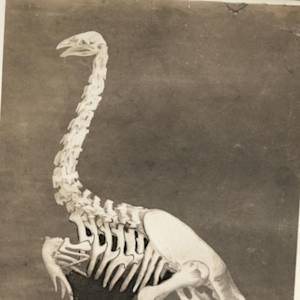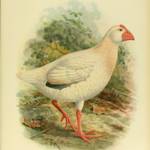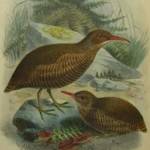Snowy owl
2018 CE • Arctic
"These northern wanderers can be found in Canada, Scandinavia, Russia, Iceland and the British Isles—occasionally even making it as far south as Hawaii. They can fly back and forth across continents. One female owl tracked in 2012 traveled 7,000 miles round-trip from Boston to Nunavut . . . Like ice, these longtime icons of the Far North are becoming less and less common." In 2018, research showed that populations of Snowy owl have dropped to 28,000 individuals from 200,000 in 2013, an 86% population collapse. Lemmings, the Snowy owl's preferred prey making up 90% of their diet, have shown flucuating populations levels in recent years. "These small, mouselike rodents stay active all winter long, eating moss when there are no green leaves available. Everything has to be just right for them to flourish. Too much snowmelt too early in the season and the lemmings are forced to spend more time aboveground, making them susceptible to every predator in the area. Too little snowmelt and there isn’t enough vegetation for the lemmings to eat." Climate change is another concern for Snowy owls. Rising temperatures has lead to the melting of Arctic sea ice and permafrost, which is altering the snowy owl's habitat and threatening their ability to adapt to changing conditions.
Quote: Leigh Calvez, "Why Is the Snowy Owl Disappearing?" Smithsonian Magazine, October 2018. "Snowy Owl," The Peregrine Fund.
Image: Jongsun Lee, CC BY 3.0, via Wikimedia Commons


Learn about Maya Lin’s fifth and final memorial: a multi-platform science based artwork that presents an ecological history of our world - past, present, and future.

Discover ecological histories and stories of former abundance, loss, and recovery on the map of memory.

Learn how we can reduce our emissions and protect and restore species and habitats – around the world.

See how art can help us rethink the problems we face, and give us hope that each one of us can make a difference.

Help make a global memorial something personal and close to home. Share your stories of the natural world.


